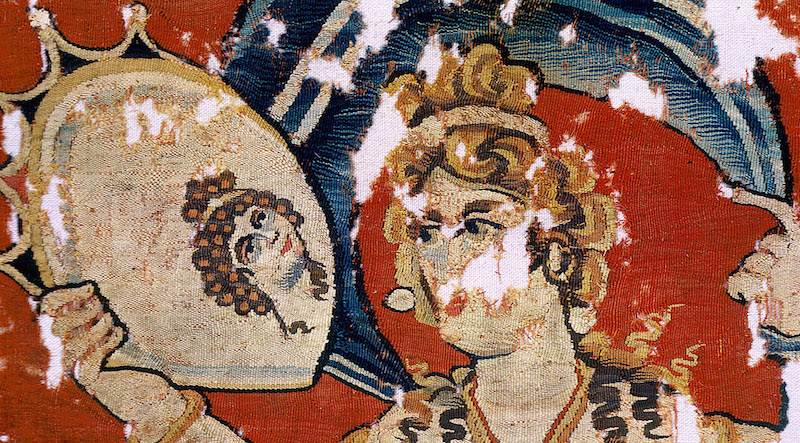Objects in Context: Material Spatiality and Byzantine Textiles
Though they survive as scattered fragments today, textiles abounded in Byzantine daily life as clothing produced to cover the body and as furnishings such as pillows, curtains, tablecloths, wall hangings, towels, and napkins. Furnishing textiles decorated domestic spaces, adorned the residences of the well-¬to-do, and covered the walls and arcades of sanctuaries, adding texture and color and interacting with other objects.
Our rationale for organizing this panel is to group together several on-going conversations about the materiality, the function, and significance of furnishing textiles that have emerged over the course of the Dumbarton Oaks Museum’s running research and catalogue project on its holdings of late Roman, Byzantine, and early Islamic fabrics. Underlying these discussions are the methods advanced in recent studies of material spatiality, such as Objects in Context, Objects in Use: Material Spatiality in Late Antiquity (Brill, 2007), which promotes the analysis of objects in their architectural contexts. ‘Material spatiality’ studies consider objects and people within a space as a way of moving beyond archaeological inquiry that outlines a space, but does not fill it. The papers in this panel aim to expand from this theme, using textual, visual, and artifactual evidence to evaluate the role of furnishing textiles as reflections of now-lost architectural décor, as important objects in liturgical practice, as markers of physical and conceptual space, and as metaphors for memory.
The panel will consist of four twenty-minute papers, bookended on both sides with an introduction and a concluding discussion led by the panel organizers. We hope to foster interdisciplinary exchanges among archeologists, art historians, architectural historians, textual specialists and others to demonstrate the centrality of textiles in Byzantine visual and material culture.
